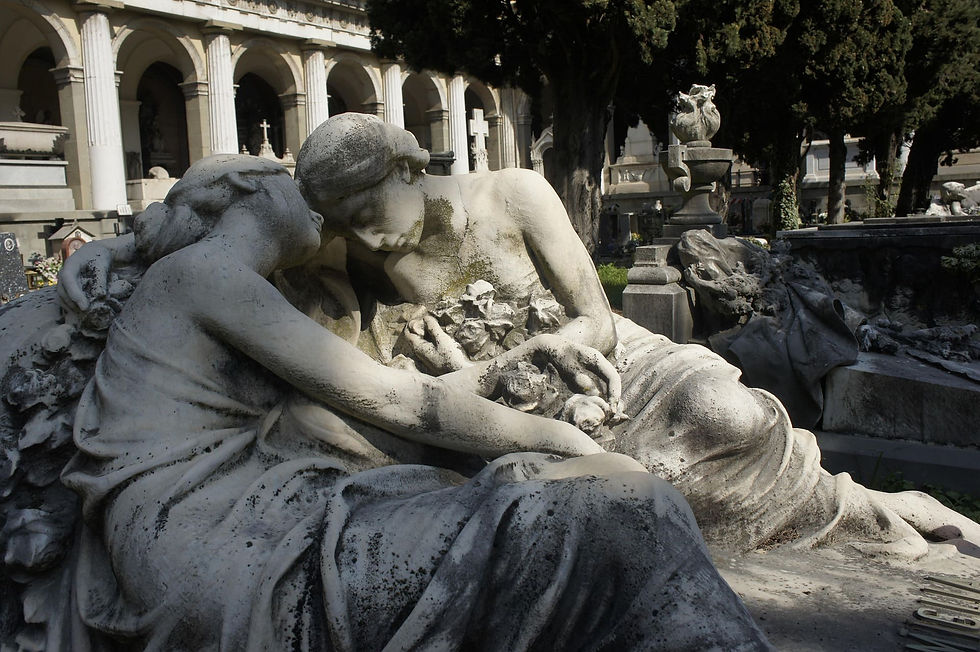You say Genova, I say Genoa
- 'Life: Work In Progress...'™
- 24 ago 2021
- Tempo di lettura: 2 min
Aggiornamento: 4 gen 2022
The Italian port city is named Genova, the English word is Genoa, as is with Naples (English) and Napoli (Italian). Originally named Genoa, this city in the Ligurian region of north west Italy derives its name from the word ‘knee’ according to the ancient Ligurian meaning, however the name is also claimed to derive from Latin Janua meaning ‘gate’ as this gateway to the seas led merchants to and from all over the globe.

These etiologic factors are many, including 'Genoa' being derived from Genua, founded by the two headed Giano, protector of ships and coins. More fascinating is the flag of the city, which is a red cross on a white field, the English St. George's flag to be exact. The powerful Genoese maritime fleets in the Mediterranean along with the Venetians, were of importance and use to the British so it is believed that England paid for use of this flag, as also a great sea-faring and merchant country, the connection important on many levels, financially and socially especially. To this day, Genova is considered to be the most ‘English’ town in Italy.

With shifts in trade routes and the international economy, Genoa's political and economic power went into steady decline.
Genoa suffered from French bombardment in 1684, and was occupied by Austria in 1746 during the War of the Austrian Succession. In 1768, Genoa was forced to cede Corsica to France, sadly.
With shifts in trade routes and the international economy, Genoa's political and economic power went into steady decline.
The city underwent vast changes from European power struggles and actually became a French protectorate, called the Ligurian Republic, with stern influence from Napoleon in 1797, then annexed in 1805. Revolts from the Genoese against France for liberation of their city saw the joining into Piedmont, as we know it as now, by a Congress of Vienna sanction. The ‘House of Savoy’ (a royal dynasty that was established in 1003, similar to The House of Windsors, or Habsburg) no longer after 3 centuries of trying, able to take hold of the city. The Genovese went on to fight for a unified Italy and in 1860, Republican General Giuseppe Garibaldi led this movement with over a thousand volunteers. A rock located in the city marks the start of this ‘departure of the thousands’ (Spedizione dei Mille) movement from Genova to Sicily.
A city bursting with a never-ending flow of history, like an elder that sits full of wisdom, a city that has seen many powerful figures come and go and swarms of merchant and financial happenings that have shaped both Europe and other continents.
Books about 'Spedizione dei Mille'


_edited.png)



Commenti